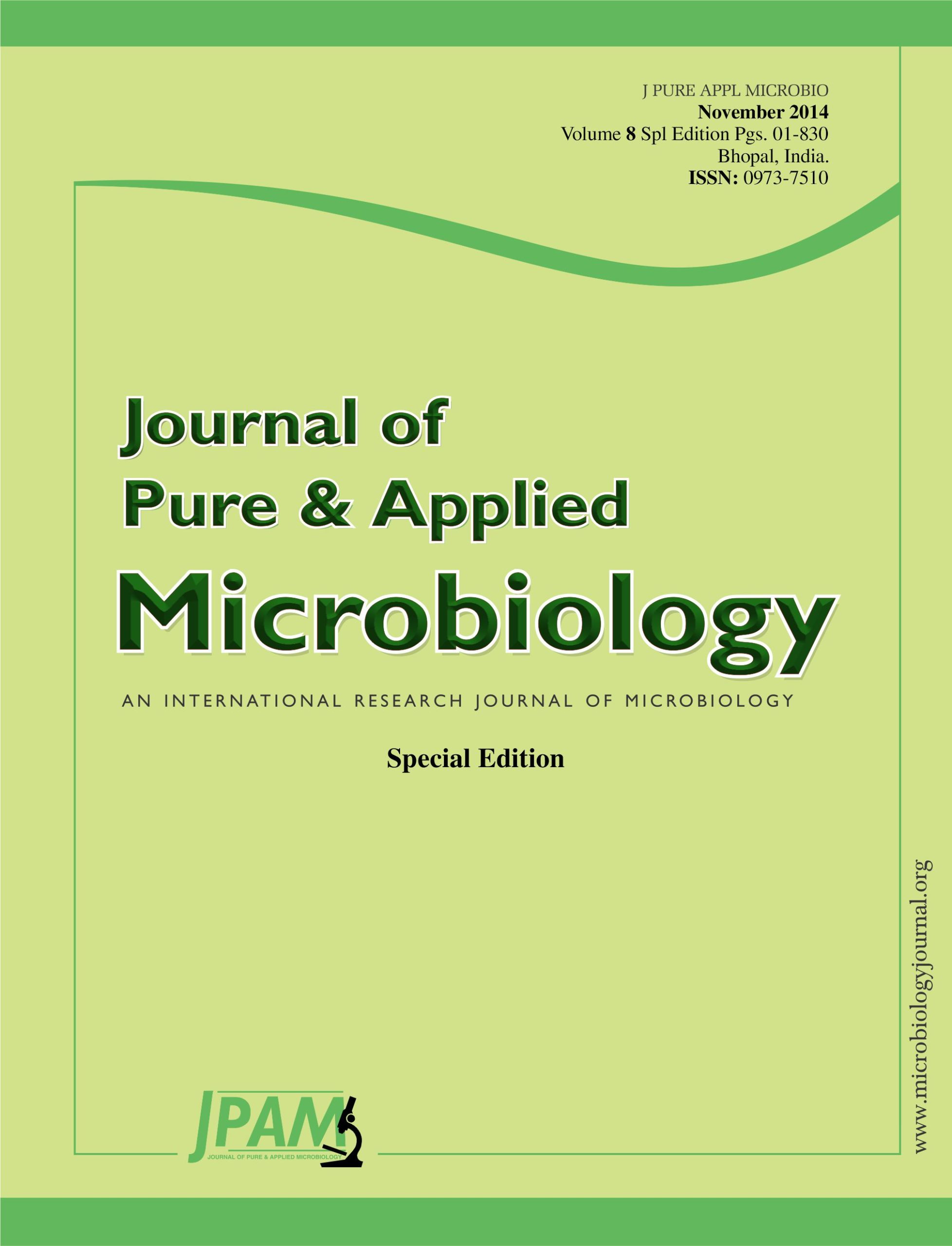This study aimed to identify newly isolated xanthomonads, using Amplified Fragment Length Polymorphism (AFLP). The results show that, the strains from Lobelia and Isotoma with a similarity coefficient of 84% to each other, but a very far relation to all other Xanthomonas strains. The strains from Lobelia and Isotoma may named Xanthomonas lobeliae spec. nov. The highly virulence strains (HV) isolated from cotton plants can be classified as a new race of Xanthomonas axonopodis pv. malvacearum (race 20). The strains isolated from Catharanthus plants may classified as new pathovar (Xanthomonas axonopodis pv. Catharanthi).
Xanthomonads, Amplified Fragment length
© The Author(s) 2014. Open Access. This article is distributed under the terms of the Creative Commons Attribution 4.0 International License which permits unrestricted use, sharing, distribution, and reproduction in any medium, provided you give appropriate credit to the original author(s) and the source, provide a link to the Creative Commons license, and indicate if changes were made.


